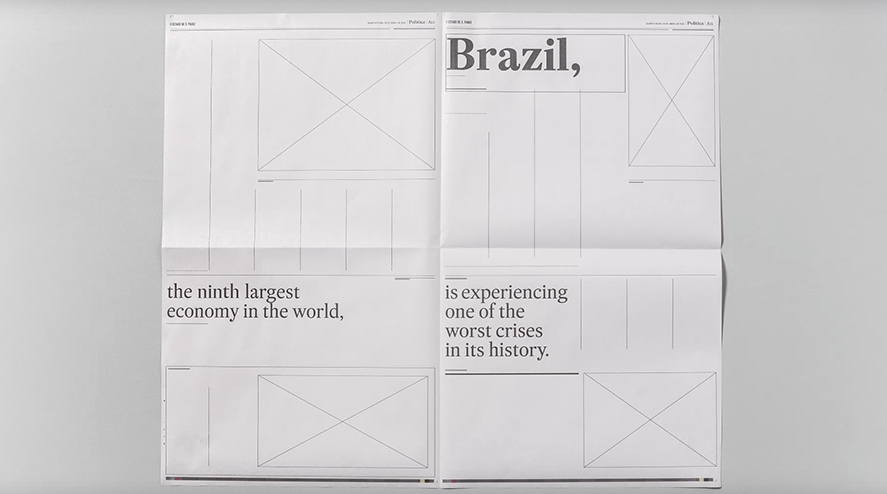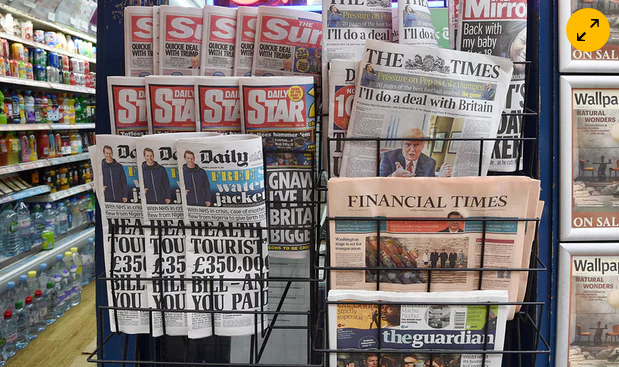Story #75 "FCB Brazil Created a Calculator to Show Newspaper Readers the Cost of Government Corruption"
As the article states, the tool, which appears on the paper’s website, converts the amount of money each corruption scandal reported by the paper costs Brazilians, in terms of water, school lunches and vaccines. It lets readers calculate the benefits and services that could have been provided with the funds had they not been diverted because of corruption. As major U.S. media outlets like the New York Times, the Atlantic and Vanity Fair boost their marketing efforts to highlight the importance of journalism in turbulent political times, FCB Brazil is working with one newspaper in Brazil to help it do the same. The Brazilian media is hard at work exposing government corruption, as public services in the country are in a state of collapse. So, FCB Brazil created a tool for Brazilian newspaper O Estadão de São Paulo to show the cost of government corruption, in real-life terms.




